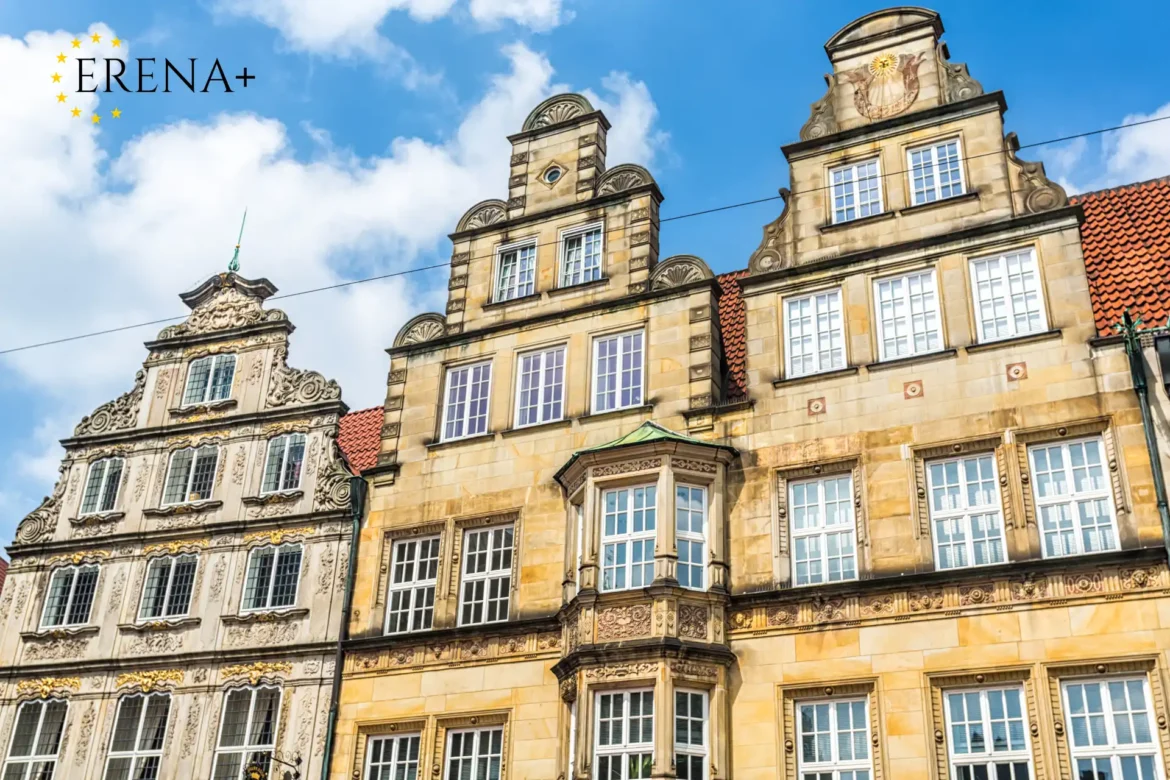Bremen, one of the key cultural and economic hubs of northern Germany, remains attractive to both renters and investors. Known for its historic landmarks and robust industrial sector, the city exhibits a steady upward trend in rental prices. Let’s explore the key trends and factors shaping the rental market in Bremen.
General Trends
Rental prices in Bremen have been consistently rising in recent years. This growth is driven by factors such as increasing demand for housing, limited supply, and overall price dynamics across Germany.
• Average rental costs: As of 2024, the average rental price in Bremen ranges from €9 to €11 per square meter for standard properties and €13 to €15 for new builds or premium properties.
• Growth rate: Rental prices have been growing at an annual rate of 3–5%, reflecting sustained interest in the housing market.
Regional Differences in Rental Prices
Rental markets in Bremen vary significantly depending on the area.
1. Central districts
Areas like Altstadt and Schnoor command high rental prices due to their proximity to historical landmarks and business centers.
o Rental prices in these districts range from €12 to €15 per square meter.
o High demand in these areas continues to drive steady price increases.
2. Suburban areas
Outlying districts such as Hemelingen and Gruppenbüttel offer more affordable rental options.
o The average rental price here ranges from €8 to €10 per square meter.
o These areas are particularly popular among families and students for their balance of cost, infrastructure, and accessibility.
3. Developing areas
Überseestadt, a rapidly developing district, attracts attention with new housing projects.
o Rental prices in this area are rising faster than the city average, reaching €12 to €14 per square meter.
Key Factors Influencing the Market
Several factors significantly influence Bremen’s rental housing market:
1. Growing demand
The city remains a magnet for students and professionals relocating to Bremen for education or work, maintaining a steady demand for rental properties.
2. Limited supply
A shortage of affordable housing remains a challenge. New construction is limited in central districts, and the timeline for completing new projects often extends, exacerbating the supply-demand imbalance.
3. Investment appeal
Compared to larger cities like Hamburg or Munich, Bremen offers relatively affordable housing prices, making it attractive to investors and driving rental price growth.
4. Economic stability
As a center for shipping, logistics, and industry, Bremen enjoys economic stability, which bolsters demand for housing.
Future Outlook
Rental prices in Bremen are expected to continue their steady rise in the coming years:
• Demand growth: An increasing number of students and professionals moving to the city will sustain high demand for rental properties.
• Infrastructure development: New projects, such as the modernization of Überseestadt and transportation improvements, may help increase the housing supply.
• Market regulation: Potentially stricter rent control measures could slow price growth, though their overall impact is likely to be limited.
Conclusion
Bremen’s rental housing market is characterized by steady price growth, high demand, and limited supply. Central districts attract premium-segment renters, while suburban areas provide more affordable options for families and students. For renters, understanding the specifics of different areas is crucial, while investors should consider growth potential and regulatory factors. Bremen remains a promising city for both living and investment opportunities.
Rental Price Trends in Bremen, Germany
836

